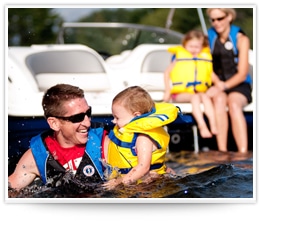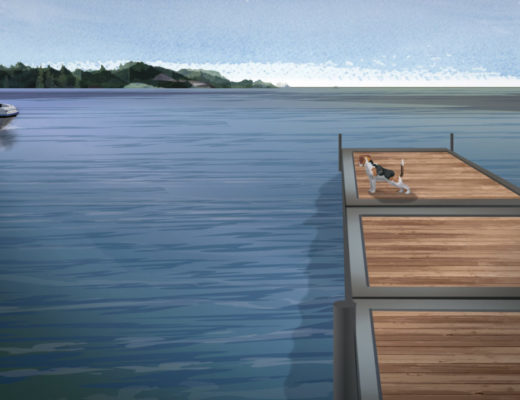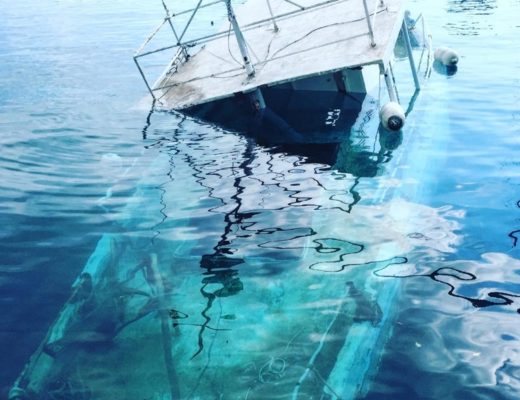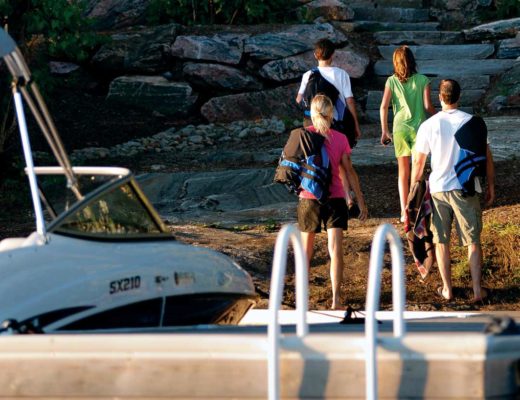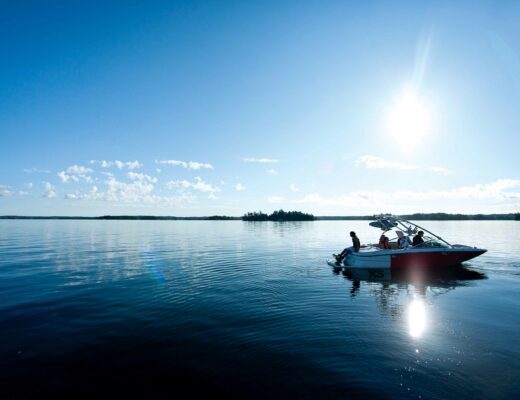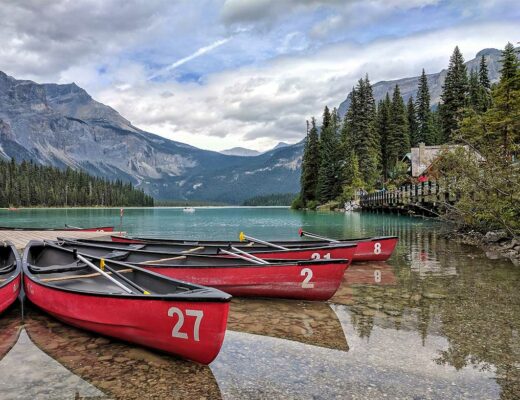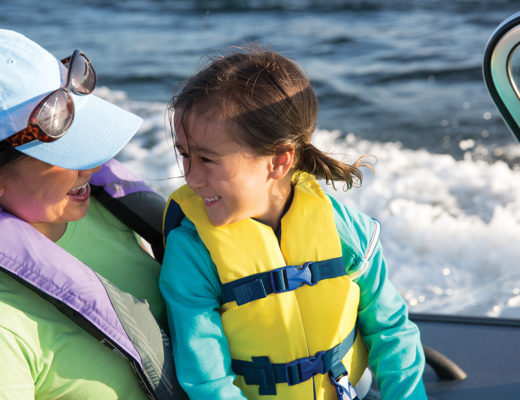Want to get the best out of your time on the water? It’s all about being prepared and boating safety! Keep these simple tips in mind before heading out this long weekend.. and get the most out of your time with friends and family!
Use A Pre-Departure Checklist
Being prepared is one of the most important things you can do to ensure boating safety – And using a Pre-Departure checklist is one of the best ways be sure you’re prepared. Why bother? A few minutes before you leave can save frustration, inconvenience and help you avoid potentially life-threatening situations if an unexpected emergency happens. Download BOATsmart!’s Pre-Departure Checklist in PDF format.
Use A Sail Plan (Trip Plan)
A Sail Plan or “Trip Plan” is a simple but effective tool. Many boaters who do get into trouble are not found in time because Search and Rescue organizations cannot determine their position on larger bodies of water. A Trip Plan should be filed on shore prior to departure with a responsible person, marina or with your local Canadian Coast Guard detachment. The Trip Plan should include your expected travel itinerary and include particulars like the name of your boat, distinguishing features, number of passengers on board, etc. On your return you must remember to notify the person or organization with whom you filed the plan. Download BOATsmart!’s Trip Plan in PDF format.
Check The Weather
Always check the weather before heading out. A simple check of internet, TV or Radio Weather broadcasts can make a big difference. It’s all about avoiding the potential danger that can come with bad weather. Once you’re out on the water, keep an eye to the sky and watch for darkening clouds, sudden drops in temperature and rapidly changing wind conditions/direction. Remember to be mindful of the West: Storms usually approach out of the west, however storms from the East tend to be more powerful. You should also be vigilant of other boaters movements as they may be aware of bad weather approaching.
Wear Your Lifejackets
More than 84% of boating-related drownings each year in Canada could have been prevented if the victims involved had simply worn an approved PFD or Lifejacket. It’s a simple lesson: Wear your lifejacket or PFD and make sure everyone on board does the same. It’s up to you to ensure your friends and family don’t end up as a statistic – take the lead and set the example!
Don’t Mix Alcohol And Boating
Wouldn’t you be shocked to see someone driving a car and drinking a beer? Right. Then why is it alright on a boat? Most boats are more powerful than many motorized vehicles. The effects of alcohol are up to 4 times greater when consuming on the water than on land because of external effects such as sun and wind. Your risk of accident and death more than doubles when alcohol is involved. You may be tempted to have a cold one out on the boat, and although you may have done so in the past without having a problem, there’s nothing to say that the unexpected won’t happen. Don’t take the risk – it’s not worth the chance. Keep alcohol onshore.
Be Confident – Take A Boating Course And Get Your Pleasure Craft Operator Card
Beginners and experienced boaters alike need to be familiar with rules and regulations, marker buoys (aids to navigation), the “rules of the road”, safety equipment and other aspects of boating safety. Studies show that education and knowledge is a key factor in staying safe on the water and reducing your family’s risk of accident or injury. It’s a simple idea: If you know what you’re doing and how to be safe, then you will be. Taking a boating course is the best way to be prepared with the right knowledge. By ensuring each member of your family takes the Pleasure Craft Operator Card preparatory course and exam, you can and your family members can boat with confidence. Get your boating license now.
Use Common Sense
You and your family members have obtained the knowledge to be safe. You’ve prepared for a safe trip and have chosen to wear a PFD or Lifejacket and not consume alcohol. You’re well on your way to enjoy a hassle-free and safe trip on the water! Now all you have to do is use common sense. This means choosing a safe speed at all times, particularly around other boat traffic. Keep a lookout by both sight and hearing at all times and pay attention to marker buoys and other navigational aids. Realize that when you’re out having fun on the boat, there can be a lot of distractions. Stay focused on your surroundings and operate within your and your craft’s abilities. Using common-sense is a simple choice that unfortunately doesn’t always get made. Joe Boater is a perfect example of this!

